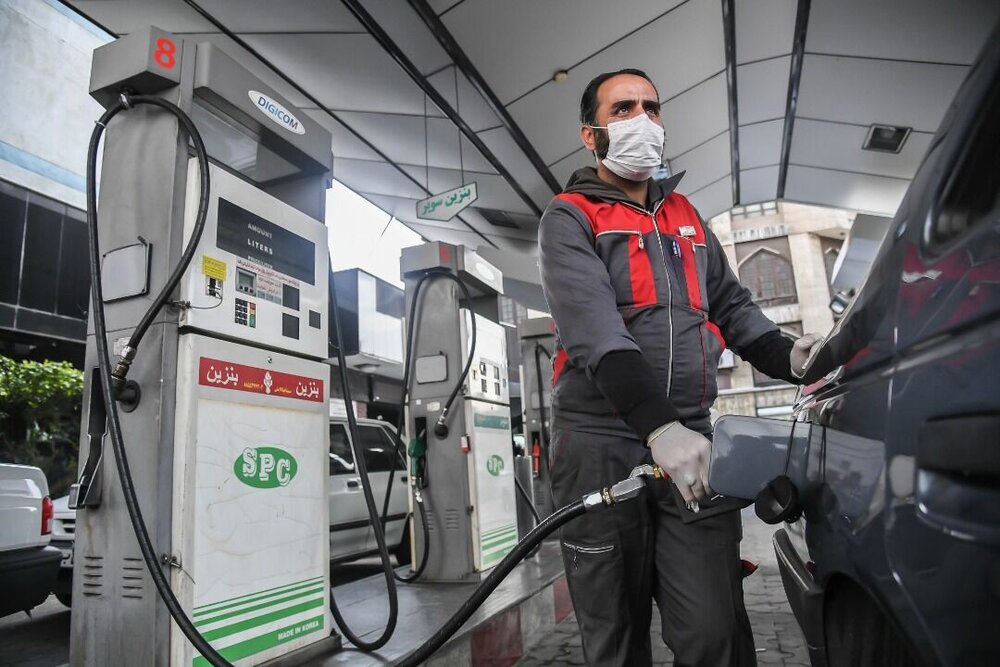NIORDC reports 20% rise in gasoline consumption over Q2

TEHRAN – Gasoline consumption in Iran increased by 20 percent during summer which is the second quarter of the current Iranian calendar year (June 22-September 22), an official with National Iranian Oil Refining and Distribution Company (NIORDC) said.
Peyman Jazayeri said on Wednesday that the demand for gasoline in the country reached a record daily average of 105 million liters over July-September, IRNA reported.
According to Jazayeri, gas oil consumption also increased by nine percent over the said three months, year on year, to reach an average of 106 million liters per day.
The surge in fuel consumption comes amid statements by government authorities suggesting that Iran might be forced to resume gasoline imports more than a decade after it reached self-sufficiency in the production of the fuel.
Managing and optimizing fuel consumption in the country is one of the priorities that the Oil Ministry and, accordingly, however, the significant increase in gasoline consumption in the current year has raised many red flags so that energy officials are concerned that the country might need to import gasoline once again.
Iran introduced massive plans in the last decade to ramp up gasoline production at its old or new refineries after the United States imposed sanctions on sales of gasoline to the country.
Gasoline demand in Iran dropped to all-time lows of less than 75 million liters per day in 2019 when the government announced fuel price hikes.
However, the current price of gasoline in Iran is around a tenth of the prices charged in neighboring countries, causing a major surge in fuel smuggling activities across the borders.
That comes as the government has indicated it has no plans to increase fuel prices although it has lowered the amount of monthly fuel quotas assigned to motorists in the country.
Having a production capacity of nearly 120 million liters per day of gasoline, Iran currently has also the capacity to store three billion liters of the strategic fuel.
EF/MA
Leave a Comment